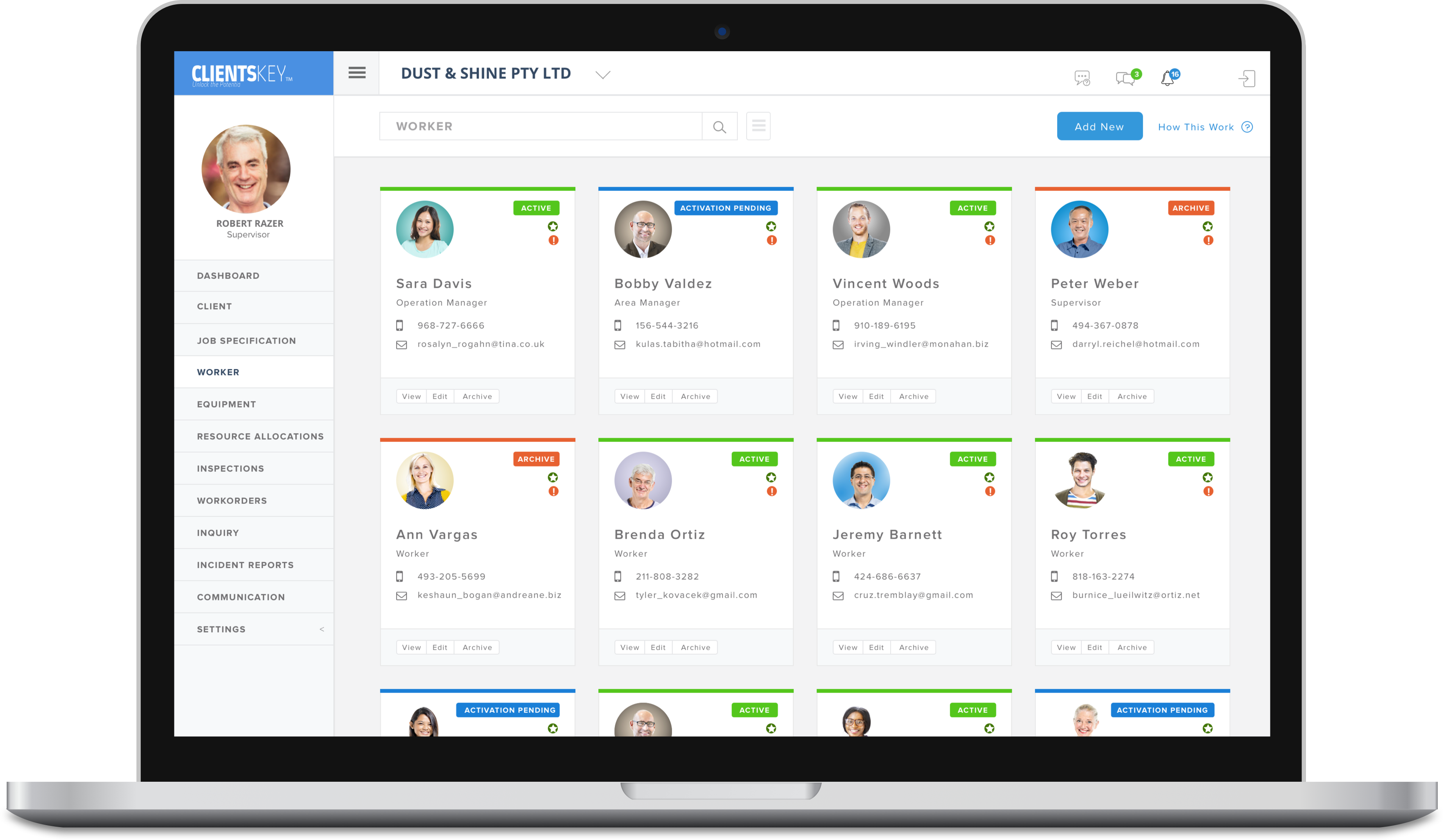
The pandemic had us all doing acrobatic feats. The swift summersault to remote working, which, for most of us, was working from home. The common thought was we would soon be back in the office when ‘the pandemic is over’.
Not so said Delta and Omicron, and remote working established itself as our new working norm, but with a twist. It is working from home 12,000 kilometres away, anywhere and, for some, like the gig economy, anytime.
If still reckoning with the concept of remote work, consider the statistics; after just one year, there was an 87 per cent increase of people working remotely compared to pre-pandemic, and 56 per cent of companies around the world offer some form of remote working.
What of hiring for these remote positions? Pre-pandemic practices won’t suffice. It is a backflip to reprove recruitment strategies. Remote recruitment is innovative, entrepreneurial, fast and must factor in retention.
Key tips
- Remain realistic
Remote recruitment is a seismic opportunity to source talent further afield, including emerging markets. However, it is still competitive, and regardless of the international sourcing pool, you can’t ask for the world!
- Revisit job descriptions
Business models have changed, i.e., the way of operating etc., so too must job descriptions harmonising with business objectives. Abandon dull job descriptions, bullets and lists of tasks etc. Remote working job descriptions amplify and concisely speak of requirements, communicating clearly what success now looks like.
New hires may be from different cultures, and English may not be their first language. Be creative in conveying the job description, so the job is fully understood. A video job description as well as in writing may do this. Such strategies will assist retention.
- Technology
Depending on recruitment volume, you may need a recruitment-specific CRM system to track communication and traction. AI is valuable for efficiently screening and identifying talent as well as reducing the impact of human bias. However, as AI uses algorithms, it can also unwittingly make the problem worse by baking in and deploying biases at scale in sensitive application areas. Use tools such as LinkedIn to verify resume details and common networks.
- Job advertisements
Choice job adverts are attractive, alluring and not necessarily too specific. The job advert is not a job description. It should be open enough to encourage applications and not used to screen candidates out. Research appropriate job boards according to the industry and country. In our current market, there is no guarantee a job advert will source suitable candidates, so concurrently, headhunt or utilise a recruitment agency with the knowledge and reach.
- The virtual interview
Enlightened virtual interviewers consider culture and language. For example, direct eye contact for some cultures is frowned upon, and yet for western culture, it is expected. Sensitivity, understanding, reserving judgment, and being attuned to your own cultural frame of reference avoid misinterpretation and missed hiring opportunities. Understanding people’s living conditions and family situations will assist with a strong engagement and future retention. We need to know people’s stories better than ever before.
Design interview questions specific to job descriptions and success markers. Suppose accountability and responsibility are now higher requirements; ask questions to discover these attributes. Use different scenarios to test the critical attributes. If flexibility of hours is a criterion, book interviews that require flexibility from the interviewee.
Panel and multiple interviews provide a broader scope for accurate assessment. The advantage of our remote world is convenience. Use this to conduct interviews succinctly and efficiently. Involve colleagues for different perspectives, such as a designated observer, taking notes of all areas, body language etc. Introducing multiple people assists with the engagement of your potential new hire. Remember, it is two-way!
In 1969, before it became our reality, the idea of remote work was predicted by Alan Kiron and his ‘dominetics’, how computers and new communication tools could change life and work. And here we are now. What if we had clued on to what Kiron was advocating 50 years ago? Perhaps we would have been well ahead of the curve. Don’t let the attachment to habitual norms and pre-pandemic/pre-historic thinking and recruitment methods hold back the future potential of your business.
Roxanne Calder is author of ‘Employable – 7 Attributes to Assuring Your Working Future’ and founder and managing director of administration recruitment agency, EST10
This article first appeared in the July/August issue of INCLEAN magazine. Read the original article here.
Comment below to have your say on this story.
If you have a news story or tip-off, get in touch at info@incleanmag.com.au
Sign up to INCLEAN’s newsletter.



